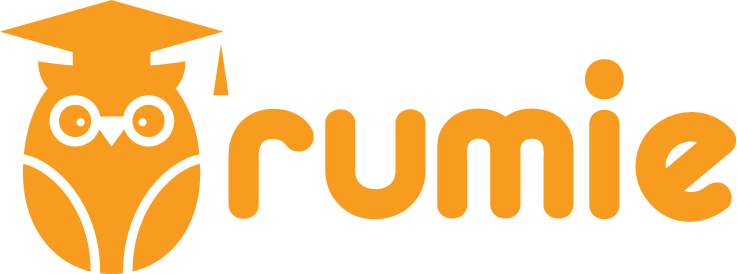Imagine you're texting your punctually correct friend about your weekend plans, but your message is confusing:
You first type: "We can go to the mall: get a pizza, watch a movie, and buy new shoes."
Then, you type: "We can go to the mall; we could also get pizza; watch a movie; and buy new shoes."

I bet you're wondering which one makes more sense?
Well today, you'll master the colon (:) and semicolon (;) — two punctuation marks that look similar but play very different roles!
Colon vs. Semicolon: What’s the Difference?
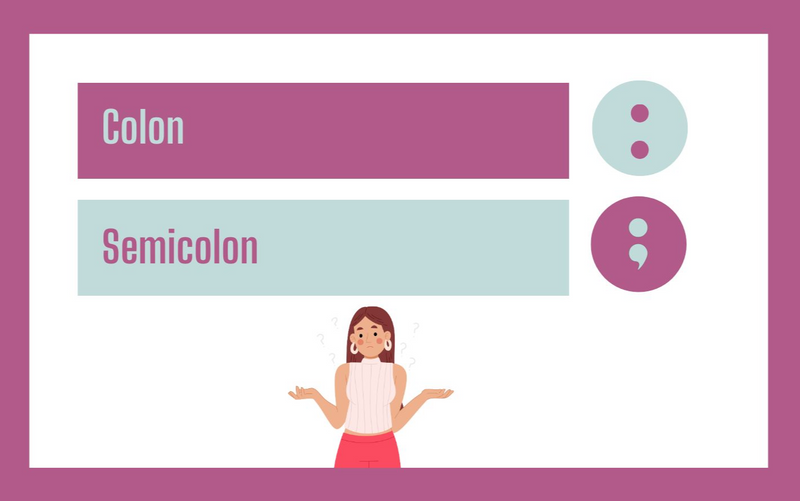 Image created by the author in Canva Creative Studio.
Image created by the author in Canva Creative Studio.
A colon (:) introduces information set up by the previous clause (a group of words with a subject & verb). It’s typically used before a list, example, or explanation.
A semicolon (;) joins related independent clauses together in the same sentence without a conjunction like "and" or "but".
Colon (:) — The Introducer
In a sentence, a colon is like a drumroll before something important. It introduces:
lists
explanations
big ideas
1. Introducing a list
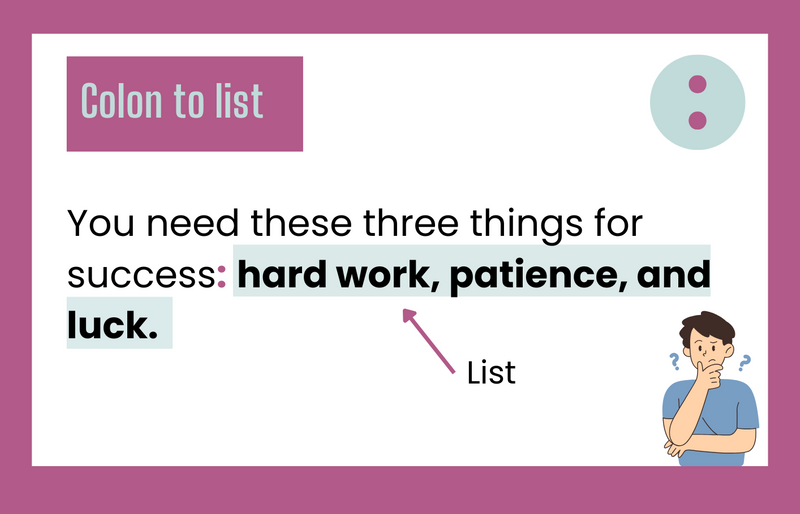 The infographics in this Byte were created by the author in Canva Creative Studio. To hear audio descriptions of each image, click play on the audio player below.
The infographics in this Byte were created by the author in Canva Creative Studio. To hear audio descriptions of each image, click play on the audio player below.
Notice that the colon introduces a list of three things needed for success.
2. Introducing an explanation or definition
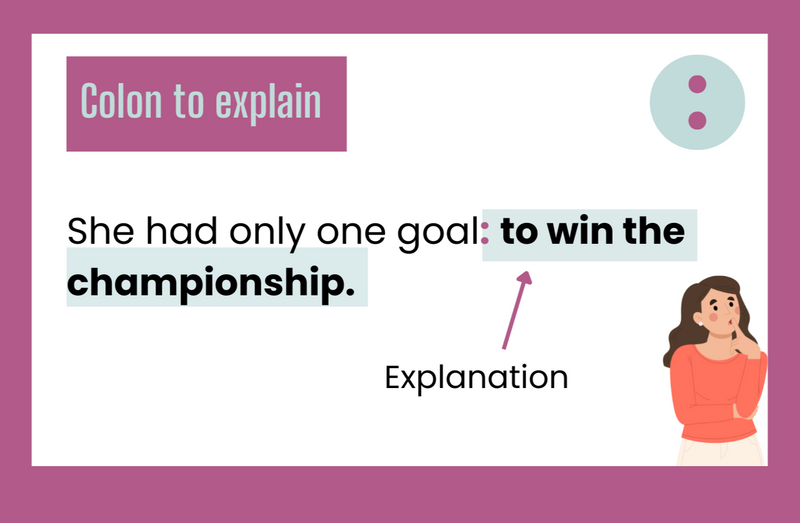
Notice that the colon introduces an explanation of what the goal is.
3. Emphasizing an important idea
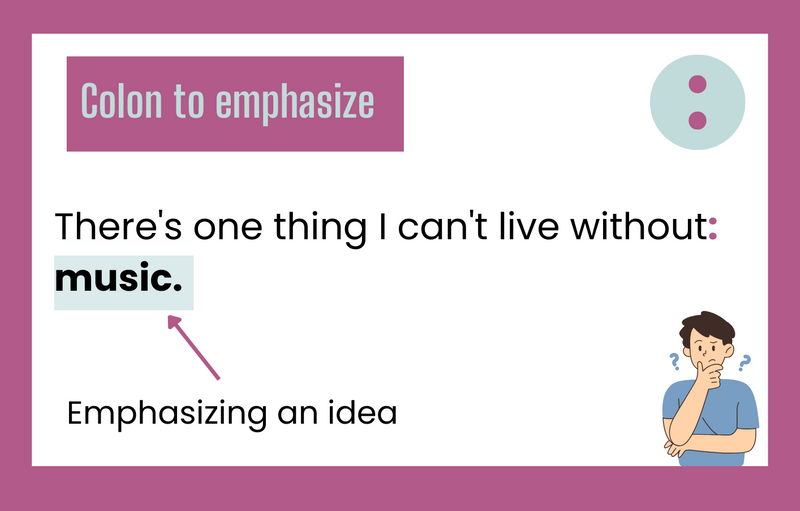
Notice that the colon emphasizes an important point or idea at the end of the sentence.
Semicolon (;) — The Connector
In a sentence, a semicolon is like a strong handshake between two related independent clauses in a single sentence when:
discussing the same topic
contrasting two similar ideas
separating items in a list
1. To link two closely related independent clauses
Take a look at the example below:
I wanted to stay up late; I had an early meeting in the morning.
The semicolon connects two complete sentences that are closely related but could stand alone. Instead of using "but," the semicolon smoothly links them.
Watch the video below to learn how to link together two closely related ideas that can work by themselves as sentences:
2. Before a transitional phrase or conjunctive adverb that joins two clauses
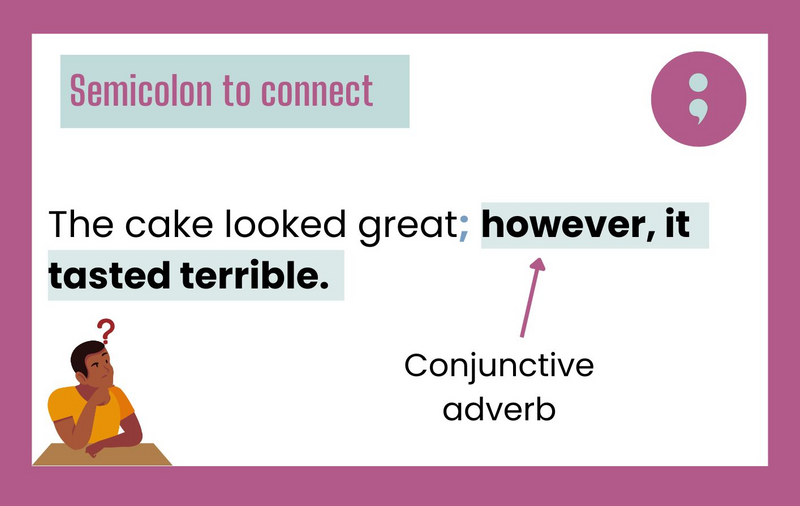
Notice the semicolon goes before the conjunctive adverb (a word that's similar to a coordinating conjunction like "and" or "but"). In this case, the semicolon goes before "however". It joins the independent clauses together and shows the contrast between them.
3. To separate items in a complex list
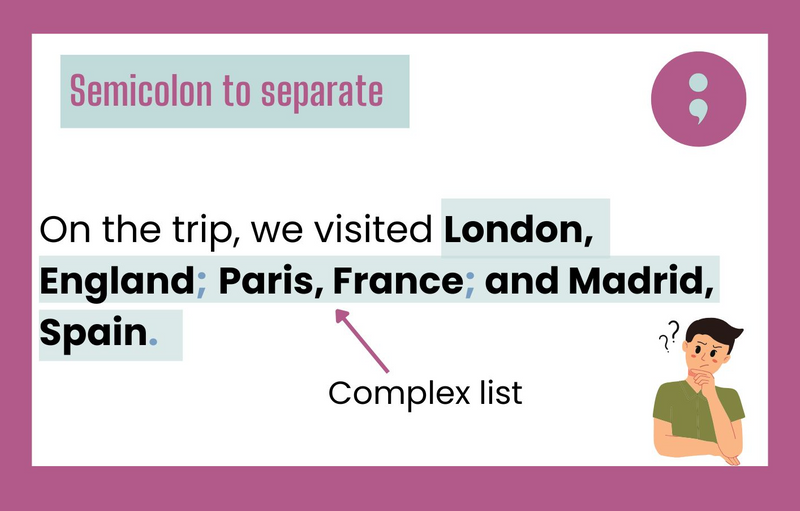
Notice how the semicolons separate items in a list if the items are long or have internal punctuation like commas.
Quiz Time!
Choose the correct punctuation mark (colon or semicolon) for the blank space in the sentence below:
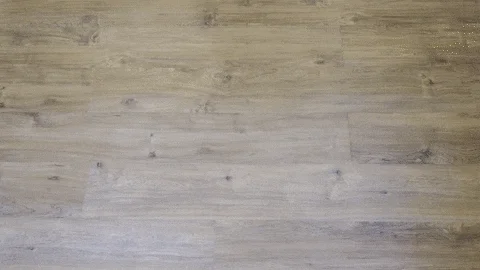
She packed everything she needed for the trip ___ a warm jacket, hiking boots, a first-aid kit, and plenty of snacks ___ she was ready for the adventure ahead.
A. colon (:) then semicolon (;)
B. semicolon (;) then colon (:)
C. colon (:) then colon (:)
D. semicolon (;) then semicolon (;)
Quiz
Select the missing punctuation:
Take Action
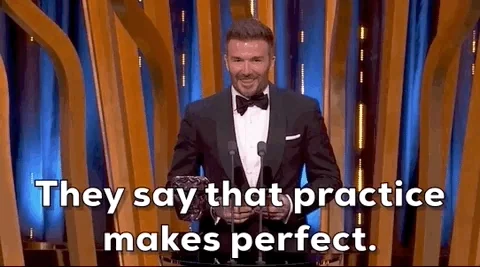
Your feedback matters to us.
This Byte helped me better understand the topic.
